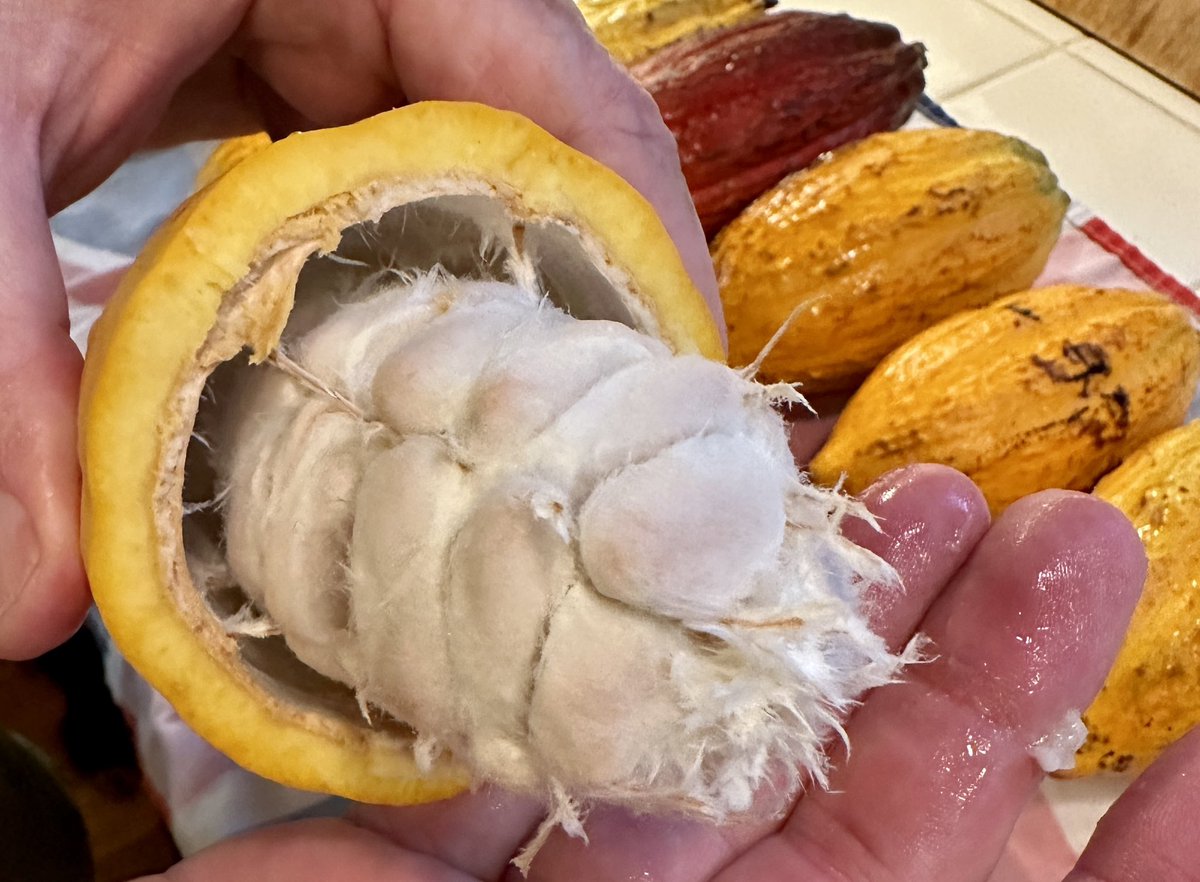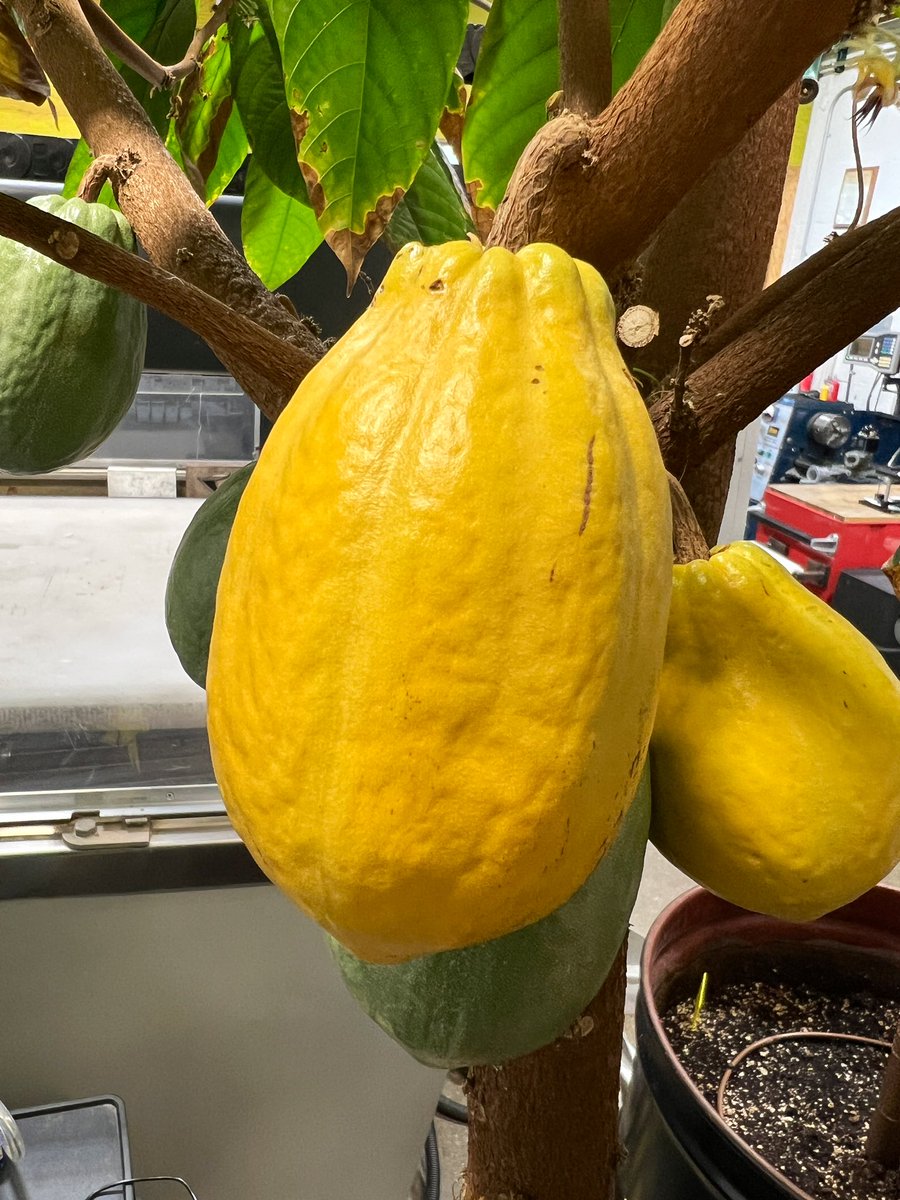I want to tell you a couple things about one of my most cherished things, a tool so useful and powerful that I honesty have come to look at it as a friend. Weird? Maybe. Read on: 

At its simplest description, it’s a book of solutions to nasty sums and integrals. It has pages and pages of seemingly obscure and sometimes really daunting stuff. But that’s just scratching the surface… 



In today’s world of symbolic tools and easy access to solutions all over the place is this even relevant? I’d argue it’s more relevant than ever. Because aside from its mind-boggling completeness, you get to see all the stuff you’re NOT looking for, all around, and sometimes… 

…and maybe more often than not, it’s the thing you notice while you’re looking around that turns out to be what you needed. Or maybe you see something thy will save your bacon later. You see, when reading G&R you’re LEARNING and EXPLORING. Your mind works. It’s FUN. 

And when we are playing, and being creative, is when we discover new things. When we create value. Herein lies the genius of this great tome. But all is not play and happiness… 

If you look, this work of incredible persistence is actually the product of tragedy. Ryzhik died in WWII while working on it. Gradshtyen died while finishing Rhyshik’s work. Finally in the fourth edition some closure was reached. This gift was literally the work of lifetimes. 





Me and many others owe a lot to these guys and their work and sacrifice. It’s a homey place for me, in these pages, and hell they even number things correctly! 

OK that’s enough. If you have a chance to get a copy, do. I have never even been able to find a photo of G or R, but I want to shout my love and thanks to them out into the void. Perhaps at the end of a crazy, obscure integral, at whatever infinity they occupy, they can hear me. 

• • •
Missing some Tweet in this thread? You can try to
force a refresh

































